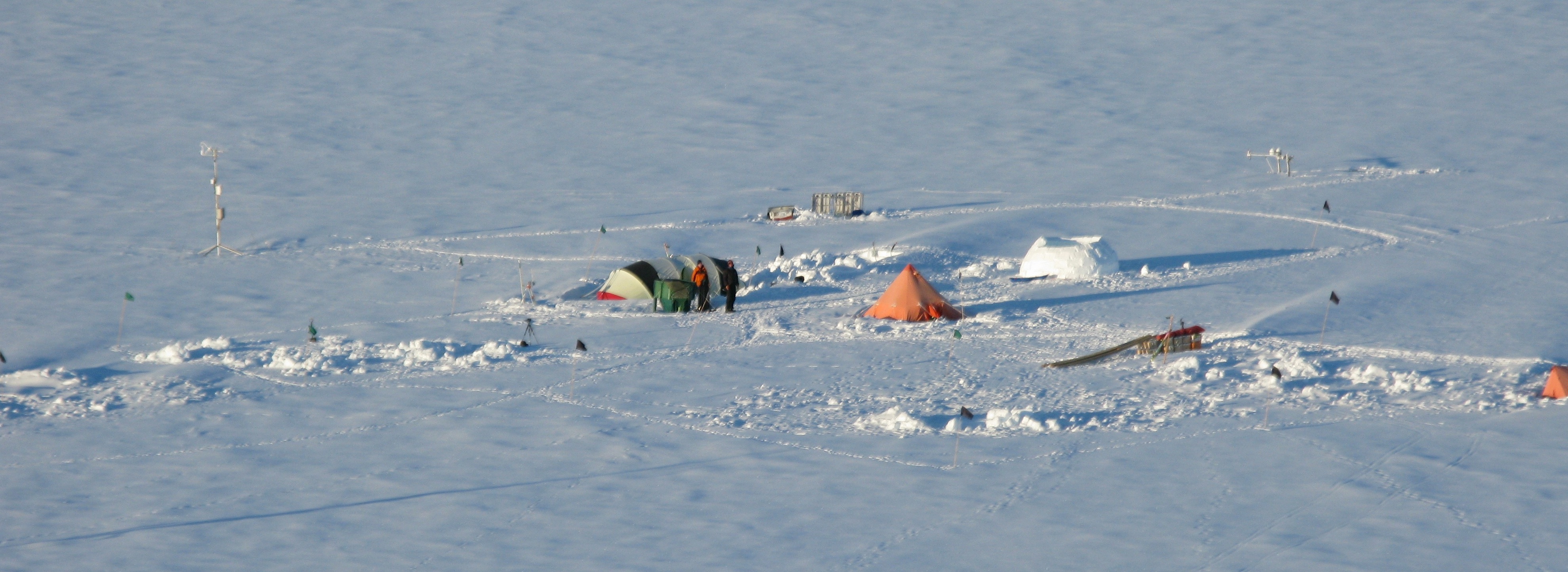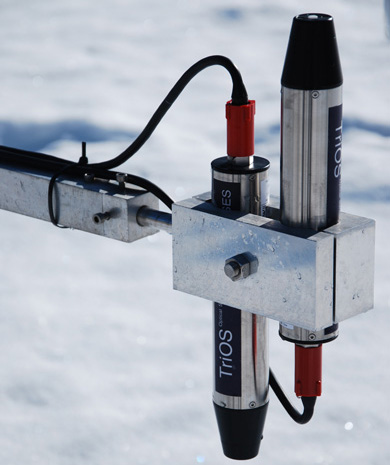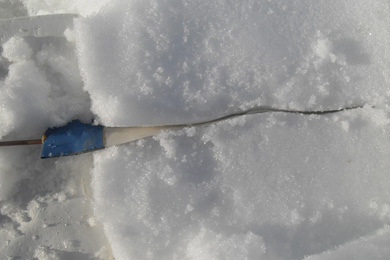Peter Kuipers Munneke
Assistant professor in Glaciology
About me

I am an assistant professor in the field of glaciology and polar meteorology at the Institute for Marine and Atmospheric research Utrecht (IMAU), part of Utrecht University, The Netherlands. I'm active on Mastodon.
Featured paper: Firn review paper
We study firn because it contains clues about past climate, because it modifies meltwater runoff into the ocean, and because it can help us to measure ice-sheet mass change from space using satellites. After a lot of hard work, an overview paper on firn is out!
Blue ice in Antarctica
Using a spectral unmixing technique, we map daily fractions of blue-ice area over Antarctica for the 22-year period since 2000, using the full available MODIS archive. This FABIAN product is published in Remote Sensing of Environment.
Larsen C 2011
The experiment
It is believed that melting on the East Peninsula ice shelves (Larsen B, C) occurs mainly during westerly föhn winds. Some of these ice shelves have collapsed in recent decades as a consequence of meltwater ponding during extreme melt events.
Therefore, the British Antarctic Survey conducted a large meteorological experiment on the Antarctic Peninsula in 2011, to study the westerly airflow across the mountains. The IMAU contributed to this experiment with instruments for measuring the radiation budget, turbulent fluxes, and the liquid water content of the snow. These instruments were operated by me in a camp on the Larsen C Ice Shelf. Furthermore, I serviced the two IMAU weather stations that are currently operating on the Larsen C ice shelf.

Research camp on the Larsen C ice shelf, January and February 2011. Note the huge igloo under construction!
Our paper in The Cryosphere shows that melt occurs mainly during westerly flow. The energy balance is positive due to a large net shortwave flux, and significant positive sensible heat flux. We also show that part of the melt takes place during calm, cloudy conditions, even when the air temperature at 2 metres above the snow is below freezing. In those instances, there is a weak convective layer destroying the classic temperature inversion over the snow surface.
Field report
The field report of the Larsen C experiment is now available.
 Larsen C 2011 Field report (1.6 Mb)
Larsen C 2011 Field report (1.6 Mb)
Radiation measurements
Radiation was measured using ventilated CM21 pyranometers for shortwave radiation, and CG4 pyrgeometers for longwave radiation. These instruments have proved to be very accurate for measuring the radiation balance of the snow surface.
Additionally, I used TriOS spectrometers, having a wavelength range from 300-950 nm. It is the first time that IMAU operated spectral albedometers in an automated setup, and arguably the first time that TriOS sensors were deployed in Antarctica! I hope to be able to translate spectral measurements in the 800-950 nm range to snow grain size variations, which drive albedo changes and modulate melt.

The TriOS sensors in a test setup in Davos, Switzerland.
Liquid water detection
An exciting new application was tested for the first time at IMAU, namely to measure liquid water content in the snowpack using so-called time-domain reflectometry. The idea is to send an electromagnetic pulse through copper wave guides and measure the time it takes for the pulse to travel forth and back through the wave guide. The travel time increases rapidly when the snow around the wave guides is wet. As a wave guide, we use copper strips enclosed in a polyethylene flatband. The reflectometer is a Campbell TDR100.

Flatband cable for time-domain reflectometry, for measuring liquid water content in the snow.